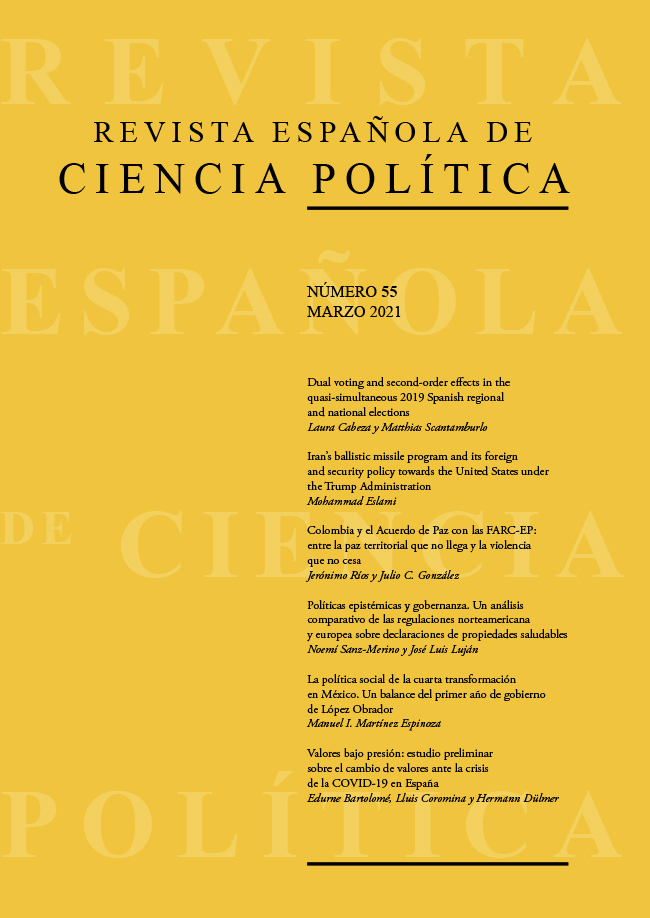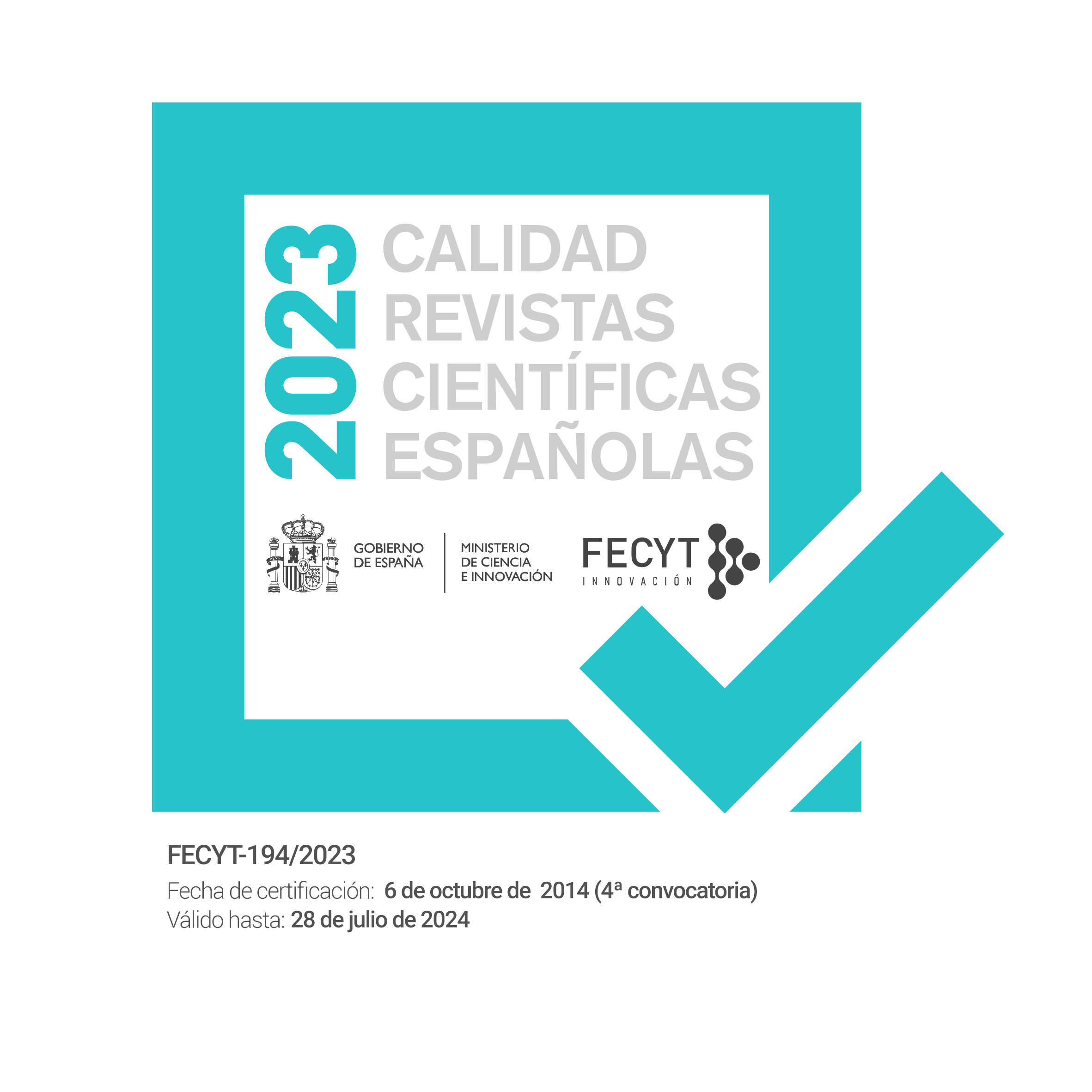Iran’s ballistic missile program and its foreign and security policy towards the United States under the Trump Administration
DOI:
https://doi.org/10.21308/recp.55.02Palabras clave:
Irán, cultura estratégica, misil balístico, PAIC, Qasem Soleimani, doctrina militarResumen
Basándose en la teoría de la cultura estratégica, este artículo analiza el programa de misiles balísticos (BMP) en evolución de Irán, centrándose especialmente en el período de la Administración Trump (enero de 2017-enero de 2021), incluidos el derribo de un dron de vigilancia estadounidense en el estrecho de Ormuz por parte del Cuerpo de la Guardia Revolucionaria Islámica de Irán (IRGC) en junio de 2019 y el ataque de Irán a las bases militares estadounidenses tras el asesinato del general del IRGC, Qasem Soleimani, en enero de 2020. Este trabajo demuestra la creciente confianza en la narrativa revolucionaria más ofensiva, que se ha visto reforzada adicionalmente tras el asesinato del general Qasem Soleimani y del profesor Mohsen Fakhrizadeh. Esto ha consolidado los aspectos de represalia en la política exterior y de seguridad de Irán, al tiempo que ha marginado a los actores moderados dispuestos a entablar negociaciones con Estados Unidos.
Descargas
Descargas
Publicado
Cómo citar
Número
Sección
Licencia
Derechos de autor 2021 Mohammad Eslami

Esta obra está bajo una licencia internacional Creative Commons Atribución-NoComercial-SinDerivadas 4.0.






